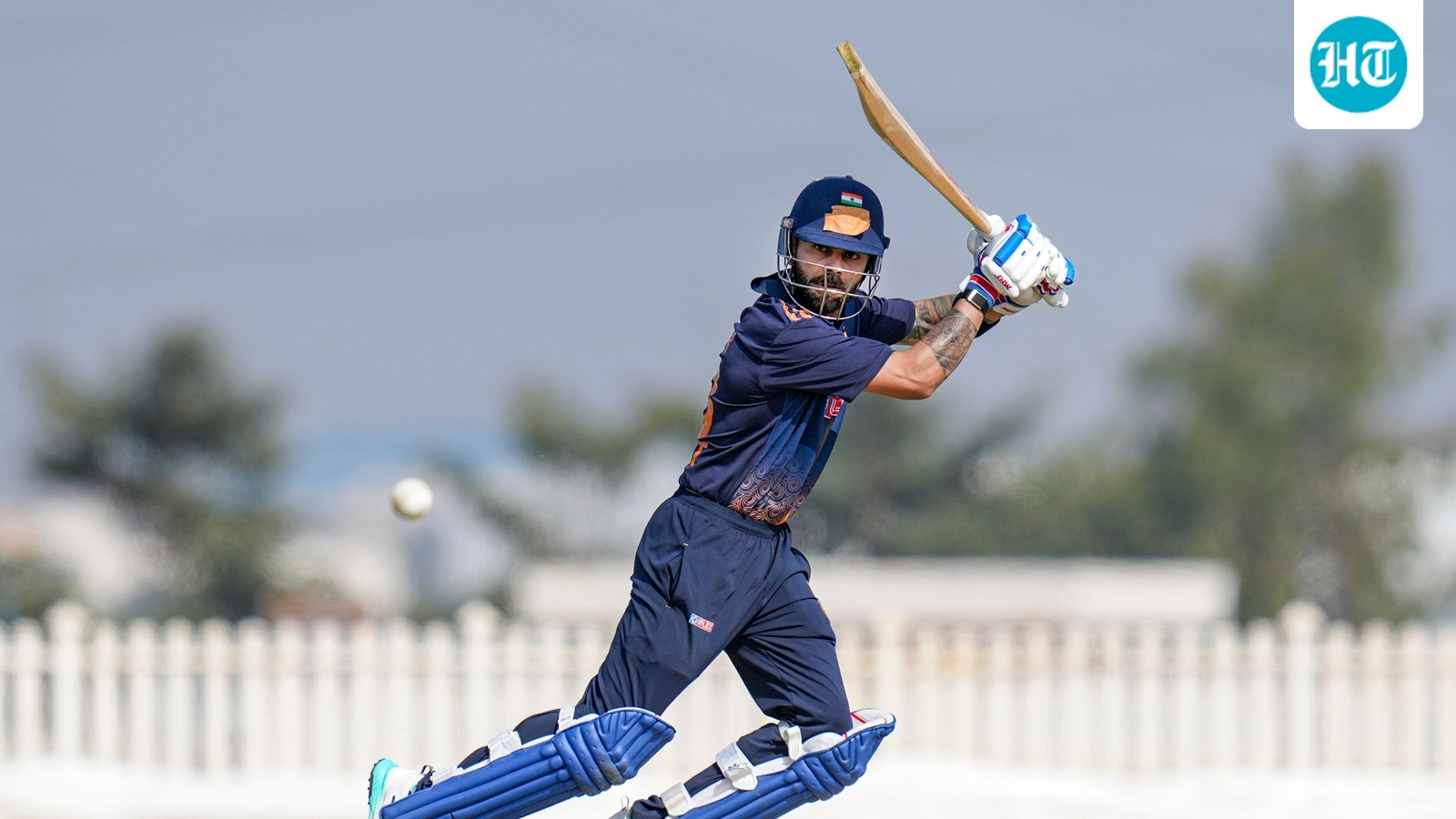
MUMBAI: Even when established all-rounder Hardik Pandya got injured ahead of the T20 Asia Cup final against Pakistan in September, India stuck to their bowling plan of attacking with spin and opted for part-timer Shivam Dube to share the new ball with Jasprit Bumrah.
It didn’t look viable as Pakistan got off to a strong start, reaching 84/0 in 9.4 overs. The spinners though got into the act and helped India take control of the title clash.
Varun Chakravarthy, Kuldeep Yadav and Axar Patel combined successfully, which also indicated India’s plan for the T20 World Cup at home in February of mainly attacking with spin.
The flip side is that it becomes a one-dimensional bowling unit. Doing well against the Asian teams on spin-friendly tracks in the United Arab Emirates was no guarantee that it would work against top teams like Australia and England.
The litmus test was going to be the five-match T20I series in Australia. India though head home pleased ahead of their title defence, Australia’s aggressive batting approach against quality spin having come under scrutiny after the visitors won the rain-hit series 2-1.
Winning at home with spinners is fine, but doing it in Australia makes it even more impressive.
In the Asia cup, India’s spin success was mainly built on wrist-spinners Varun Chakravarthy and Kuldeep.
Against Australia, captain Suryakumar Yadav and coach Gautam Gambhir will be pleased that despite Kuldeep being sent home early (to prepare for the Test series against South Africa), Chakravarthy, Axar Patel and Washington Sundar proved the team’s key strength in rallying from a game down to win two on the trot.
“The way everyone chipped in every game, it was a complete team effort with the bat, ball and in the field,” Surya said after the final game on Saturday.
X-FACTOR VARUN
Chakravarthy was at his best. In three innings, he picked five wickets with an economy rate of 6.83 to be the second highest wicket-taker of the series. He took 2/23 in the second game in Melbourne, 2/33 in the third at Hobart and 1/26 at the Carrara Oval.
The mystery spinner has added to his variations, working on mastering the leg breaks. He was almost unplayable, the delivery to hit the top of Glenn Maxwell’s off-stump in the fourth game being the ball of the series. In T20Is, he is the No.1 ranked bowler and has got a lot of success this year – 26 wickets in 16 matches (avg 13.96). The batters dread his googly, having picked 70% of his wickets with the delivery post the 2024 World Cup.
AXAR FOR BALANCE
Axar holds the key in terms of offering the team balance, being a handy batter and effective left-arm spinner. He got to bowl in two games. After 0/35 at Hobart, his value came to the fore in Carrara where a 21-run cameo provided impetus to the innings before he claimed 2/20.
Fingers spinners were written off at one time in T20s, but Axar is proving that if you can read the batter’s moves you can be effective. He has the knack of following the batters’ footwork to cramp them for room as his impressive economy rate of 6.87 shows.
VERSATILE WASHINGTON
In having a spin-heavy attack, the main doubt is whether they can handle the slog overs. Surya said one of India’s takeaways from Australia was trying different bowlers in different situations. He highlighted using Washington in the 17th over in the fourth game, which was also India’s most convincing spin bowling show as Chakravarthy, Axar and Washington shared six wickets in under 10 overs to expose Australia’s struggle against spin.
“We wanted to play the same T20 brand of cricket continuing from the Asia Cup and other (previous) series. Only in the bilaterals you can try which player will fit where, try different combinations, players in different roles. That we tried. A lot of players also bowled out of position. Like Washington in the last game (17th over). We are understanding things slowly. When you don’t try in the match, you can’t make out. It’s the best place to try out everything and everyone did their job.”
With India’s focus on batting depth, Washington too proved a good option in Australia. In Hobart, batting at No.6 he hit a valuable 49* at a strike rate of 213.04 (23b, 3×4, 4×6). In chasing a target of 187, from 145/5 he took the team to a five-wicket win. In the fourth T20I, the only game he got to bowl, the off-spinner ran through the lower order for striking figures of 3/3.
T20 is more about adapting. The success of Chakravarthy and Co proves that these bowlers have the ability to fit in everywhere.
The series win in Australia shows that India have enough spin options. It means, in the T20 World Cup India’s opponents can expect to face even 15-16 overs of spin. It makes them pre-tournament favourites. Now, it is going to come down to execution on that particular day.





